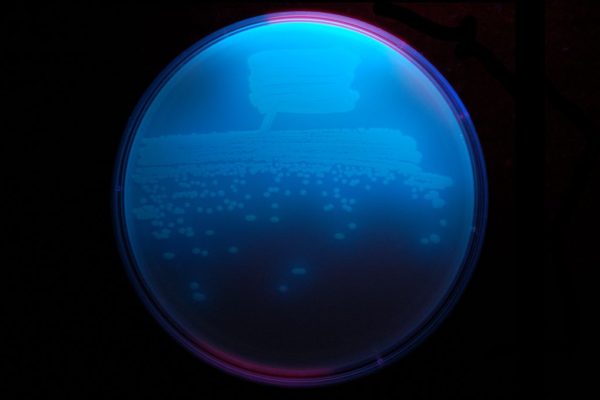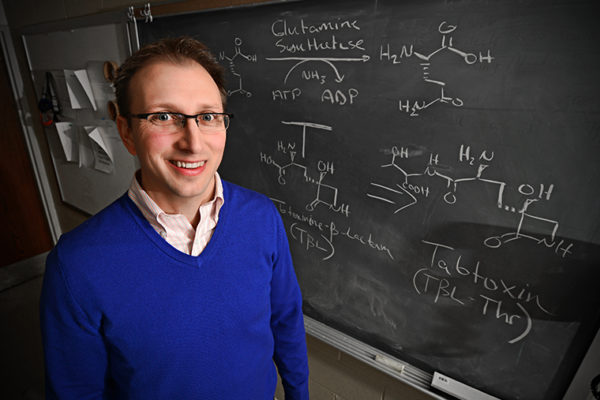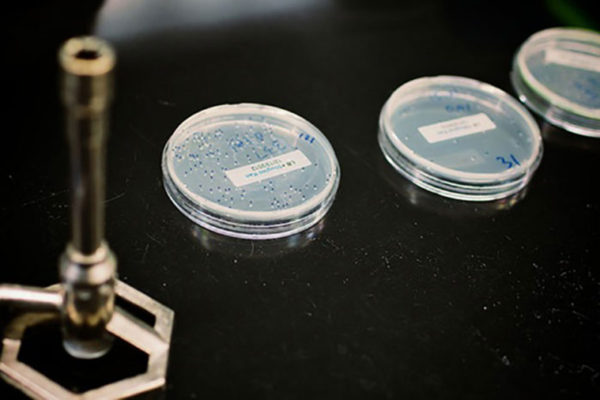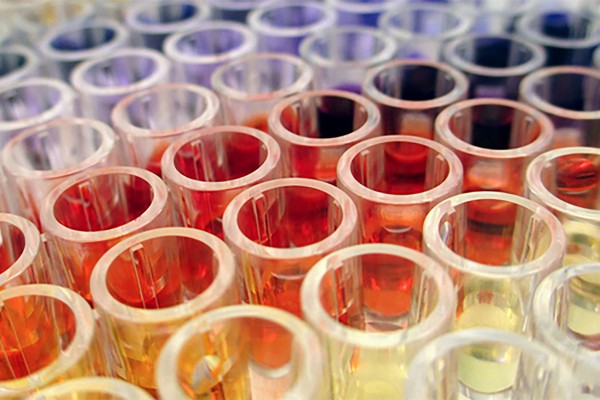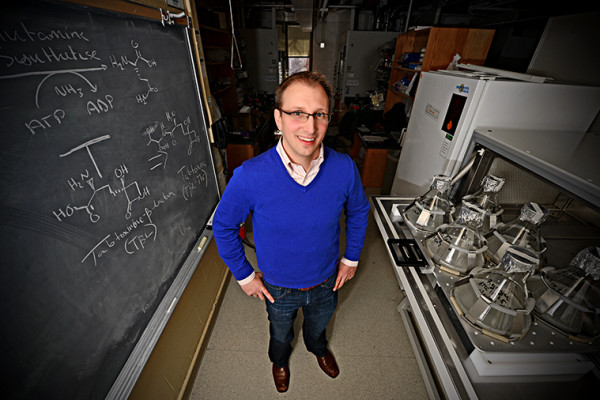Wencewicz’ research is dedicated to the discovery of new antibacterial scaffolds and drug delivery systems that act against underexploited biological targets and overcome known resistance mechanisms.
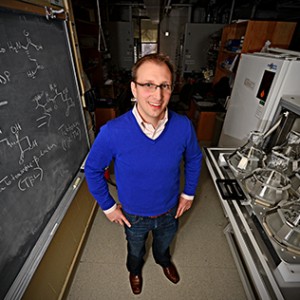
Timothy Wencewicz
Associate Professor of Chemistry
Contact Information
- Phone: 314-935-6530
- Email: wencewicz@wustl.edu
- Website: Website
Media Contact
In the media
Stories
First pictures of enzyme that drives new class of antibiotics
Researchers from Arts & Sciences have solved the X-ray crystal structure of the enzyme that makes obafluorin — a broad spectrum antibiotic agent made by a fluorescent strain of soil bacteria. This new class of antibiotics might provide a powerful antidote to the growing scourge of antibiotic resistance.
Wencewicz wins Sloan fellowship
The Alfred P. Sloan Foundation announced Feb. 15 that Timothy A. Wencewicz, assistant professor of chemistry in Arts & Sciences at Washington University in St. Louis, has been awarded a 2018 Sloan Research Fellowship. He is among 126 outstanding U.S. and Canadian researchers selected as fellowship recipients this year.
A ring to bind them
Using genomics, a chemistry lab has worked out the biosynthetic machinery that makes a new class of antibiotic compounds called the beta-lactones. Like the beta-lactams, such as penicillin, they have an unstable four-member ring. The key to their antibiotic activity, it is also difficult to synthesize.
Antibiotic resistance circumvented in lab
As dangerous bacteria grow more savvy at evading antibiotics, researchers are seeking new ways to counterattack. Rather than design new drugs from scratch, some scientists are searching for ways to block the microbes’ evasive maneuvers. If resistance can be shut down, current drugs should remain effective. That concept is demonstrated in a new study from the School of Medicine.
Antibiotics: Thinking outside the vial
Given that antibiotics are losing effectiveness faster than we are finding replacements for them, chemist Timothy Wencewicz in Arts & Sciences at Washington University in St. Louis suggests a new approach. Drugs that hobble the production of virulence factors — small molecules that help bacteria to establish an infection in a host — would put much less selective pressure on bacteria and delay resistance.
Slaying bacteria with their own weapons
A novel antibiotic delivery system would exploit small molecules called siderophores that bacteria secrete to scavenge for iron in their environments. Each bacterium has its own system of siderophores, which it pumps across its cell membrane
before releasing the iron the siderophores hold. If an antibiotic were linked to one of these scavenger molecules, it would be converted into a tiny Trojan horse that would smuggle antibiotics inside a bacterium’s cell membrane.
New drugs for bad bugs
Washington University in St Louis chemist Timothy Wencewicz says we’ll stay ahead of antibiotic resistance only if we find drugs with new scaffolds, or core chemical structures. One promising candidate, an antibiotic made by a bacterium than infects plants, caught his attention because it contains an “enchanted ring,” the beta-lactam ring that is found in penicillin. In this drug candidate, however, it acts against a different target than the penicillins.
